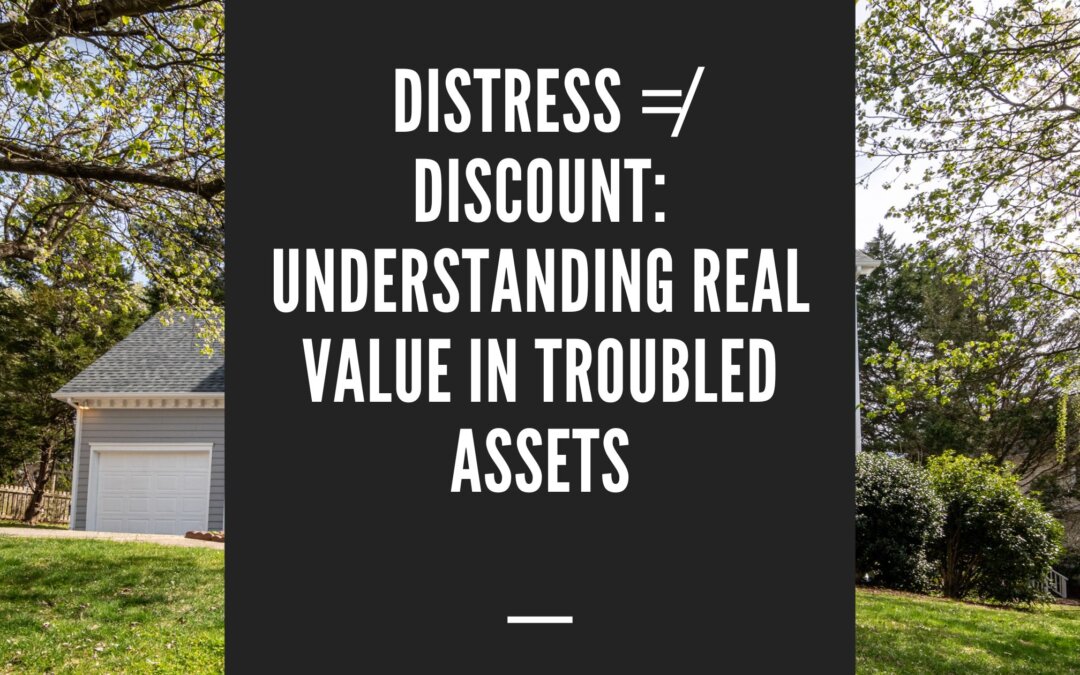Too many investors equate “distressed” with “cheap.”
But just because a property is priced below market doesn’t mean it’s a good investment. The true key to success in distressed real estate is distinguishing between a discounted asset and a valuable opportunity. In fact, some of the worst deals are the ones that look like bargains on the surface but come with problems that can’t be fixed economically or legally.
True value comes from the upside. You must ask: What can I do to this property that will drive real income or appreciation? Is there a clear, achievable path to stabilization, or are the discount masking issues that are too complex, too costly, or too constrained by external forces to resolve?
Consider two similar buildings: one needs cosmetic updates and re-tenanting; the other has structural issues and environmental contamination and sits in a declining area with no demand drivers. Both are offered at a discount. But only the first has feasible upside with controlled risk. The second is more likely to be a capital sinkhole.
Understanding value in distressed assets means identifying what makes the property underperform, quantifying the fix, and projecting post-stabilization metrics. If the cost to correct issues eats up your margin or creates uncertain timelines, the deal may not be worth the headache. If, however, the improvements are within your skill set and budget, and the market fundamentals are strong, you may be looking at a profitable turnaround.
It also means understanding market sentiment. In some cases, properties are discounted due to short-term overreaction or mismanagement. A well-located self-storage facility, for instance, might be failing because of outdated operations or poor visibility. With a focused marketing plan, technology upgrades, and signage improvements, occupancy could rise significantly. That creates opportunity.
In other cases, however, discounting is justified. A building in a market with a declining population, low job growth, or excessive inventory may not bounce back even with substantial capital investment. Smart investors distinguish between temporary problems and systemic ones.
Another key consideration is replacement cost. If you can acquire a property well below what it would cost to build new, that gives you a competitive advantage and a cushion for future appreciation. If the property is priced close to or above replacement cost – even in distress – proceed with caution.
The best distressed deals tend to have three ingredients: a motivated seller, a clear path to value creation, and strong market fundamentals. When these align, you’re not just buying a cheap property – you’re buying an opportunity to create value through execution.
Ultimately, distressed investing isn’t about bargain hunting. It’s about identifying mispriced value that can be realized through vision, experience, and strategic action. A low price may get your attention, but it’s the potential for high performance that should drive your decision.
